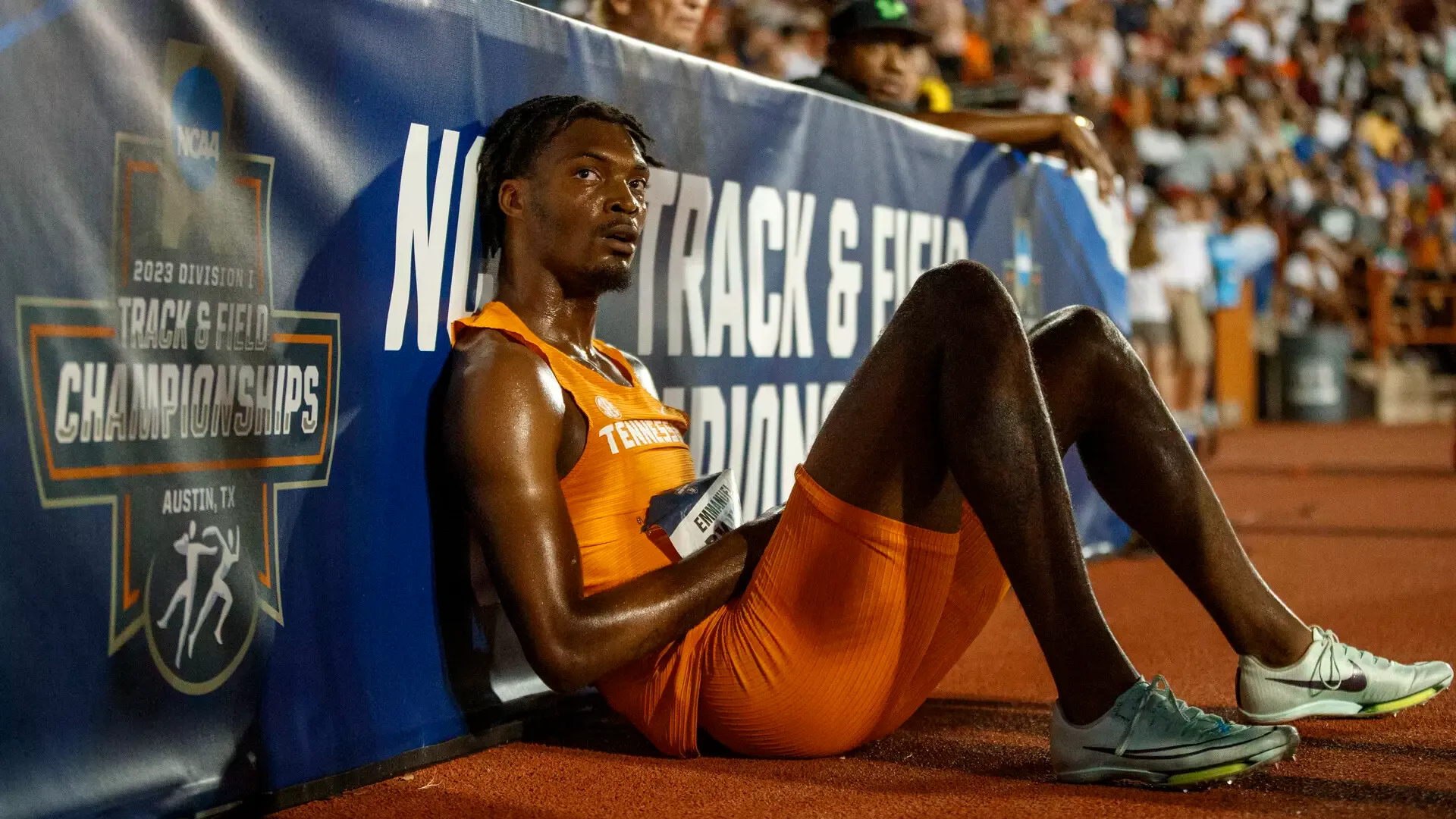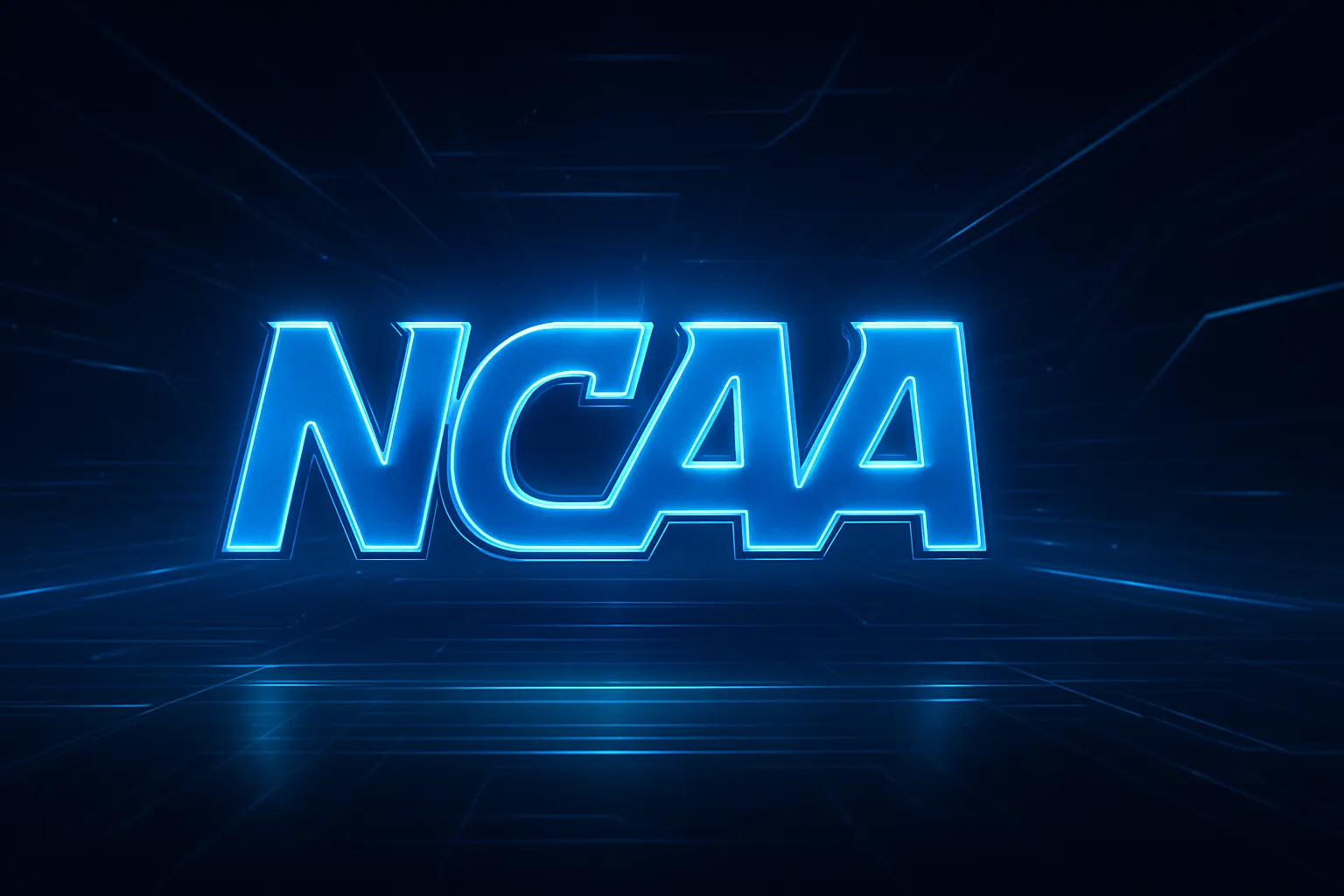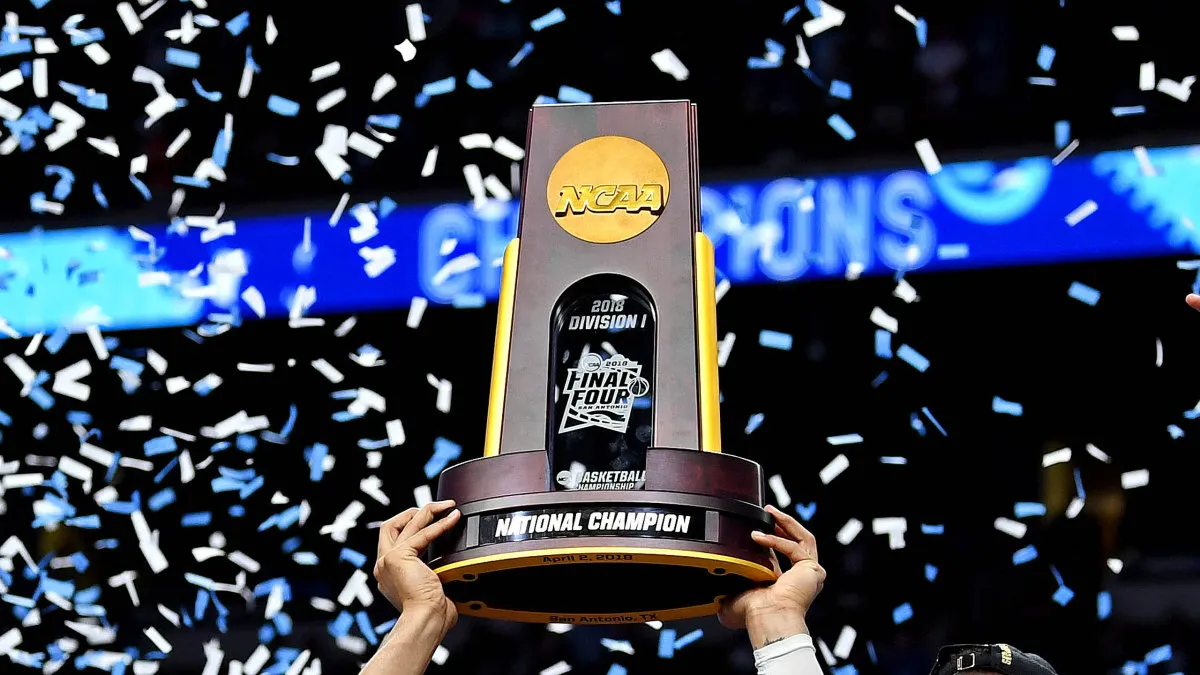What Is The Easiest Sport To Get an Athletic Scholarship In?

Maria Rezhylo
All-American swimmer & swim coach
I'm Maria Rezhylo, a former 2x NCAA All-American swimmer. I experienced firsthand the twists and turns of transferring among three different Division II schools.
My competitive journey taught me early on that securing an athletic scholarship goes far beyond raw talent alone.
Today, as the founder of uSport.ai, my mission is to cut through the fluff and deliver actionable strategies that empower college athletes like you to secure the athletic future you deserve.
All backed by college sports data and my personal journey.
Let's dive in.
What to Understand Before Applying for Financial Aid
Understanding the Scholarship Myth
Many prospective athletes are led to believe that raw athletic talent alone guarantees a full ride. While natural ability is crucial, the allocation of college scholarships involves complex factors like:
- Team needs;
- Funding models;
- Academic success
Consider NCAA Division I football—its 85-scholarship cap is well known, yet this model is not universal across all college sports programs.
In many sports, partial scholarships and flexible funding packages are the norm, creating multiple avenues for financial aid.

The Changing Landscape of Collegiate Sports
Today's financial aid opportunities extend beyond traditional sports.
With regulations like Title IX ensuring gender equity and emerging sports attracting new funding, the landscape for college scholarships is increasingly diverse.
Schools now offer a mix of athletic scholarships and academic aid, meaning that even if you aren't a standout superstar, a well-rounded profile can open multiple doors.
Recent reports from the NCAA and collegiate sports organizations reveal that participation trends are shifting.
Once less competitive sports are now emerging as viable routes to securing financial aid.
How Athletic Scholarships Actually Work: Navigating Financial Aid in Collegiate Sports
Understanding the structure behind athletic scholarships is crucial for any college athlete seeking to secure scholarship money. The system varies widely from sport to sport, and understanding this layout gives you a competitive advantage when planning your recruitment strategy.
Headcount vs. Equivalency Sports
In some sports, scholarships operate under a headcount model, where each scholarship is awarded a fixed, full amount.
A prime example is NCAA Division I football, which allocates 85 scholarships per team. This setup fosters intense competition as each position is highly valued.
Conversely, many sports utilize an equivalency model, allowing college coaches to distribute scholarship funds among multiple athletes, as seen in swimming and track and field.
College athletes with a partial athletic scholarship often combine it with their academic aid, which can lead to complete tuition coverage.
This approach ensures that even if you are not a top recruit, you can still receive meaningful financial aid for your future.

Division I vs. Division II: A Route to Full Ride Scholarships
Division I schools vary widely in competitiveness and financial resources.
Elite D1 programs, such as the University of Texas, have enormous athletic budgets and intense recruiting, where only top-tier talent secures scholarships.
Yet not every Division I school offers athletic scholarships; for example, many Ivy League institutions don't provide any athletic aid.
Meanwhile, Division I "mid-major" schools have smaller budgets and less competition, presenting a more accessible pathway for athletes seeking financial support.
In contrast, Division II schools operate on considerably smaller budgets.
This often means they have fewer resources for equipment or facility upgrades, but they typically compensate by offering flexible financial aid.
Division II programs frequently combine athletic scholarships with academic awards, providing a balanced and sometimes more accessible financial package.

NAIA & JUCO: The Landscape Beyond Division III Schools
If securing financial aid is your primary concern, exploring alternatives to the NCAA can be a smart strategy. Unlike NCAA Division III, which does not offer athletic scholarships, NAIA schools and junior colleges (JUCO) provide flexible academic and athletic scholarships.
Here, student-athletes often combine athletic scholarships with academic awards, making them attractive for those who cannot match the level of competition in NCAA Division I or II.
JUCO, in particular, offers a valuable stepping stone for many high school athletes. It enables athletes to demonstrate improvement to college coaches and secure financial aid at higher-level schools.
For many athletes, NAIA and JUCO provide a practical way to ease college costs without compromising their athletic dreams.
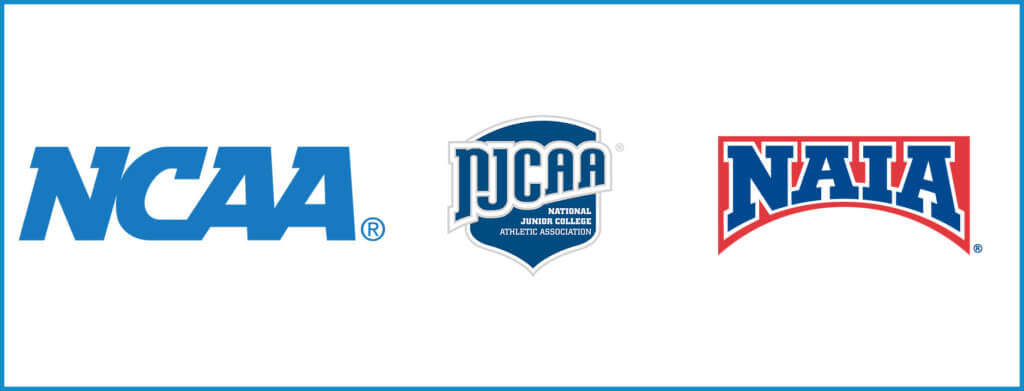
What Makes a Sport "Easier" for Scholarships?
Recent NCAA and sports organization reports reveal that the "ease" of earning a scholarship is closely tied to the number of competing athletes and the structure of financial aid distribution within the sport.
Participation and Competition Levels
Sports with lower high school participation naturally lead to reduced competition for scholarship dollars.
For example, women's rowing has a significantly smaller applicant pool than sports like soccer. Fewer athletes mean that a talented rower is more likely to be noticed by coaches and secured for a financial package at the college level.
Additionally, some sports experience a dramatic drop-off in competitive levels between high school and college.
The smaller funnel of athletes continuing in these sports means that those who persist have an easier time standing out.
The Impact of Title IX and Gender Equity
Title IX revolutionized the distribution of scholarships by mandating gender equity in collegiate sports funding. This regulation has forced schools to invest in historically underfunded women's sports.
To promote gender balance, more scholarship funds have been allocated in sports such as women's lacrosse and rowing.
This increased funding creates more opportunities for female athletes and significantly improves their odds of securing both athletic scholarships and supplemental academic aid.
Team Sizes and Funding Models
Sports with smaller rosters, such as men's volleyball or women's golf, generally yield a higher scholarship-to-player ratio. Smaller teams allow coaches to allocate financial aid more generously per athlete.
Moreover, a school launching a new program may offer substantial athletic scholarships to quickly build a competitive team.
Emerging programs often provide extra leverage for athletes who might not be national superstars but offer strong athletic and academic potential.
Combining Financial Aid Packages
Full-ride scholarships are often not awarded solely based on athletic performance. Many schools blend athletic scholarships with academic aid and need-based financial aid.
Most colleges utilize these combined funding strategies because even partial scholarships can add up to a significant financial package.
This multi-scholarship approach underscores how the "easiest sports" sometimes offer more realistic pathways to offer substantial financial support to student-athletes.
Top Sports with Higher Scholarship Odds
This section summarizes several sports offering higher odds for athletes seeking scholarships. Each sport brings its unique recruiting landscape and opportunity set, supported by data-driven insights and current trends.
Women's Rowing
Women's rowing programs have experienced significant growth over the past decade. With large rosters and an emphasis on developing team depth, many Division I and Division II schools offer substantial athletic scholarship packages.
Scholarships in rowing often account for both athletic prowess and academic potential, making them attractive to well-rounded student-athletes.
The relatively low number of high school rowers means those with the necessary skills can stand out quickly, ensuring that talented athletes are noticed and recruited efficiently.

Women's Lacrosse
Women's lacrosse is a fast-growing sport with an increasing number of collegiate programs, especially in regions outside the traditional powerhouses of the East Coast. This expansion creates more scholarship opportunities as schools strive to build competitive teams.
The growth of lacrosse has been driven by heightened media exposure, rising interest at the youth level, and its integration into the upcoming LA 2028 Olympics.
While competition remains intense in some well-established programs, many newer programs actively seek top talent to boost their rosters.
This means talented players can secure partial and full athletic scholarships as schools strive to establish themselves in the collegiate lacrosse landscape.
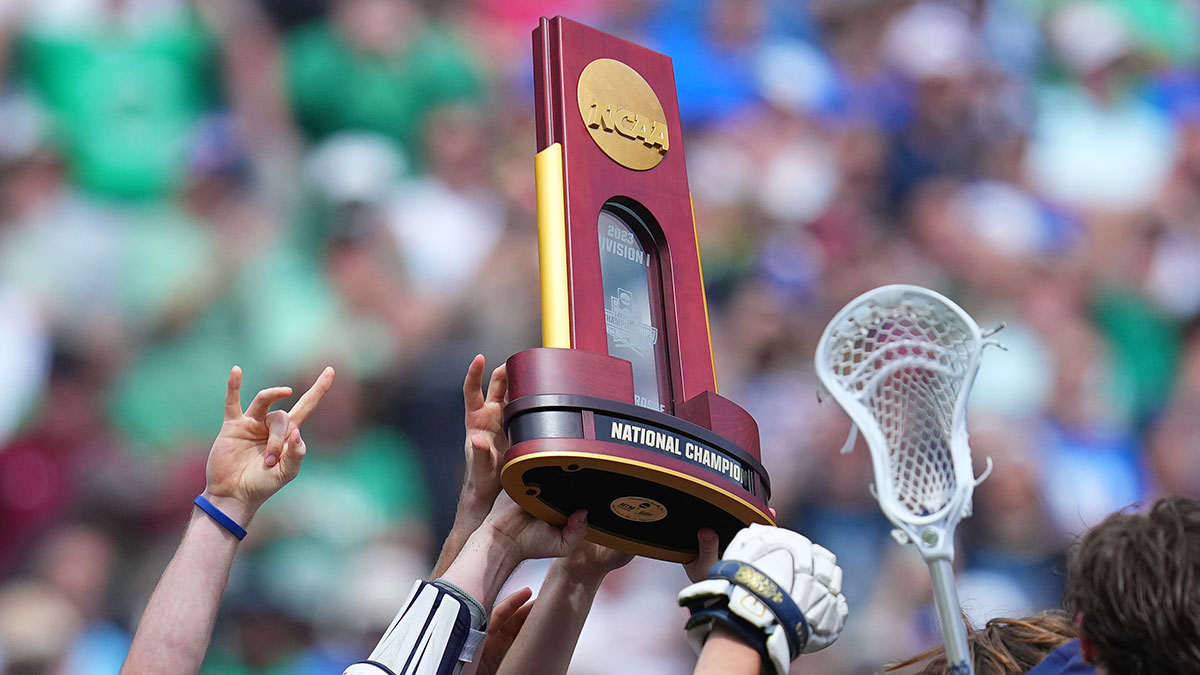
Women's Golf
Women's golf stands out due to its dual emphasis on academic and athletic excellence. With far fewer competitors at the collegiate level, many schools view a well-rounded golfer as a valuable asset.
Scholarships in women's golf are often supported by academic aid, a combination that rewards sports talent and classroom performance.
This approach means that even if you are not the top-ranked player in the nation, consistent performance and strong academic credentials can help you secure the scholarship you've been dreaming about.

Track & Field (Men & Women)
Track and Field is one of the broadest sports in collegiate athletics, featuring events that range from sprints to distance running, and from jumps to throws.
This variety translates into more scholarship opportunities, as coaches can allocate partial scholarships to specialists in specific events while building a competitive overall team.
Many athletes benefit from this system by excelling in niche events with less intense competition.
A strong performance in one or two events can secure a partial aid package that, combined with an academic scholarship, covers a significant portion of your college expenses.
The decentralized nature of track recruitment makes it an accessible sport for a wide range of talents.
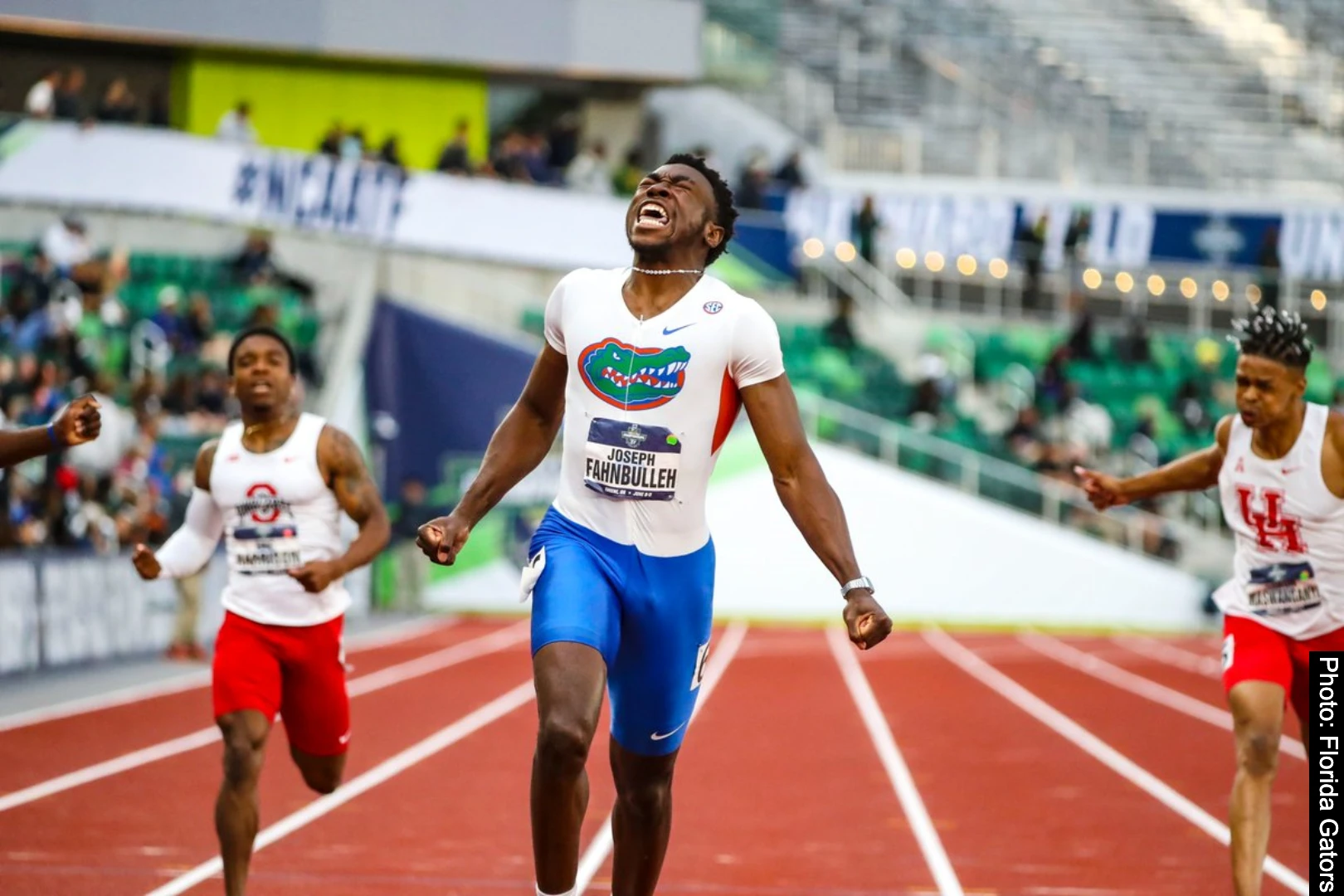
Swimming & Diving (Men & Women)
Performance metrics such as time and distance are paramount in swimming and diving.
Because the recruitment process is heavily data-driven, coaches can identify potential scholarship athletes through race times and statistical performance reviews.
Many programs, especially within Division II and the NAIA, offer full scholarships to swimmers and divers who can demonstrate quantifiable improvements and competitive times.
If you can show consistent progress in your performance, whether through national or international competition results, you're well-positioned to negotiate a scholarship package.
This makes swimming and diving a sport where numbers speak volumes, literally.

Men's Volleyball
Men's volleyball, predominantly concentrated in regions such as the West Coast, is an emerging sport, particularly in Division II and NAIA.
This regional concentration results in a higher scholarship-per-player ratio than sports with larger national footprints.
Colleges seeking to build strong volleyball programs allocate significant scholarship dollars per recruit, making volleyball an attractive option for those who can showcase their on-court abilities and academic excellence.

Men's Ice Hockey
Men's ice hockey in the United States draws from a smaller pool of high school athletes compared to sports like football or basketball. This scarcity, combined with the significant investments made by northern colleges, results in hockey programs often providing generous scholarship aid.
Performance-based metrics such as skating speed, puck handling, and tactical understanding are heavily emphasized in the recruitment process.
For athletes who can showcase clear statistical advantages and excel in showcase events, securing a men's ice hockey scholarship becomes significantly easier.
Due to the limited competition, elite performances are not only recognized but also directly converted into athletic scholarships.

Emerging & Niche Sports Offering Real Opportunities
While conventional sports dominate the headlines, emerging ones are rapidly carving out their niche in the scholarship landscape. These sports often face less competition, making it easier for talented individuals to secure athletic and academic scholarships.
Women's Wrestling
Women's wrestling is one of the fastest-growing sports at the collegiate level.
With schools actively seeking to launch women's programs, talented wrestlers can find themselves at the forefront of recruitment.
Early adopters in this field often benefit from generous financial aid packages designed to build new competitive teams.
In a sport with relatively low participation at the high school level, standout wrestlers have a much higher chance of receiving significant scholarship offers.

Stunt & Acrobatics
Stunt and acrobatics is an emerging NCAA sport that has begun to attract attention as a viable option for scholarships.
This discipline requires a unique combination of athleticism and performance artistry.
As colleges invest in establishing programs in this new field, athletes who build dual portfolios that highlight both technical acrobatics and athletic skills are the most attractive recruits for college coaches.

Rifle, Bowling, & Equestrian
The relatively small applicant pools in niche sports such as rifle, bowling, and equestrian competitions can create significant opportunities for athletes.
Colleges with a long-standing tradition in these sports typically offer athletic and academic scholarships tailored to each recruit's needs and strengths.
This exclusivity means that qualified athletes with specialized skills can stand out relatively easily at a specific college.
The common theme across these emerging and niche areas is opportunity. With fewer competitors, these sports offer fresh avenues to secure athletic and academic scholarships.

How to Boost Your Scholarship Chances in Any Sport
A winning strategy for securing scholarships involves a combination of technical performance, academic merit, and proactive outreach. Here's how you can enhance your overall profile and increase your chances of receiving college scholarships.
Proactive Outreach
Rather than waiting passively for recruiters to find you, make the first move.
Compose personalized emails that clearly articulate your achievements and leadership skills on the field and in the classroom.
Explain why you are a good fit for the program, include performance metrics, and attach your video highlight reel.
Customizing your outreach to each coach's needs and team's dynamics can help you stand out from a flood of generic messages.
Explore Every Option
Don't limit yourself to Division I colleges.
While Division I programs are highly competitive, Division II, NAIA, and junior colleges (JUCO) often offer more flexible funding options.
These programs distribute partial scholarships more generously and provide a platform for athletes to grow both academically and athletically.
Broadening your search to include all divisions can significantly increase your chances of securing a comprehensive scholarship package.
Maximize Your Academic Profile
Many recruiters look for athletes who excel in the classroom just as much as on the field. A strong academic record enhances your overall appeal and may unlock additional merit-based scholarships.
You can create a package that substantially reduces college costs by combining athletic scholarships with academic aid.
This means maintaining high grades, preparing thoroughly for standardized tests, and documenting your academic achievements.
Final Thoughts: You Have More Options Than You Think
There's no single path to securing an athletic scholarship, and that's a good thing.
Whether you are looking for a Division I program with a national profile or exploring opportunities at Division II, NAIA, or JUCO schools, what matters most is finding the right fit based on your goals, financial need, and athletic and academic potential.
As you move forward, remember that success in securing athletic scholarships is built on a foundation of informed decision-making and persistent strategic planning.
Every performance metric you record, every academic achievement you collect, and every connection you nurture with coaches is a step toward unlocking the best scholarship opportunity.
Scholarships aren't handed out just to the fastest or strongest.
They're awarded to athletes who do their homework, take initiative, and build smart, targeted connections. And you can excel in that area, too.
If finances are tight, be strategic. Don't rule out less competitive programs.
If your times or stats aren't yet where they need to be for D1, maybe a strong D2 school or an NAIA program can get you in the door, with lower tuition costs.
From there, you can level up.
You don't need to be perfect.
You just need a plan.
The options are there.
Now it's up to you to get them.
